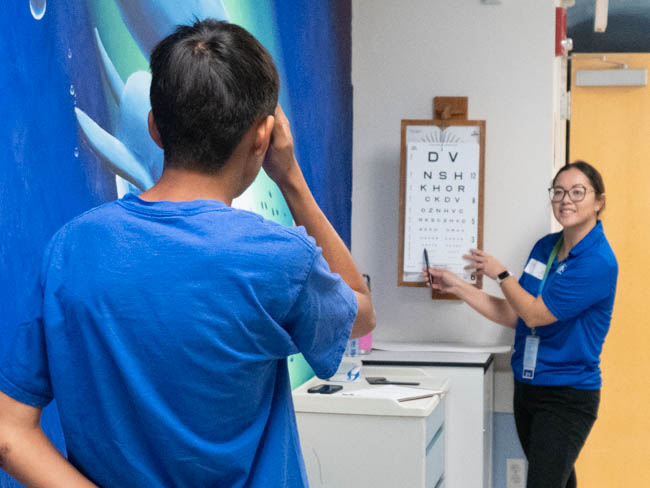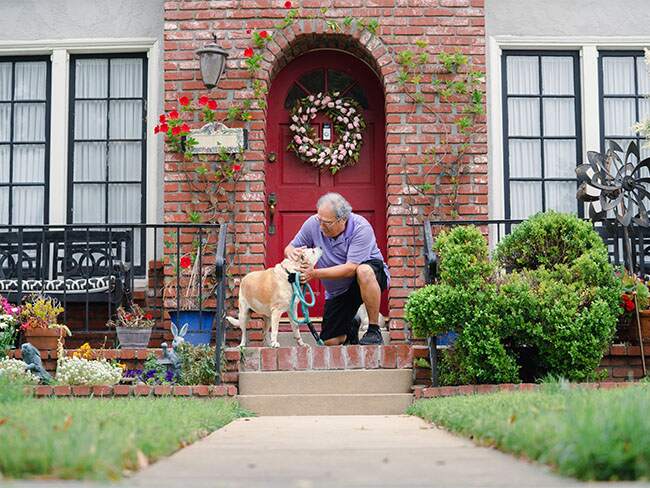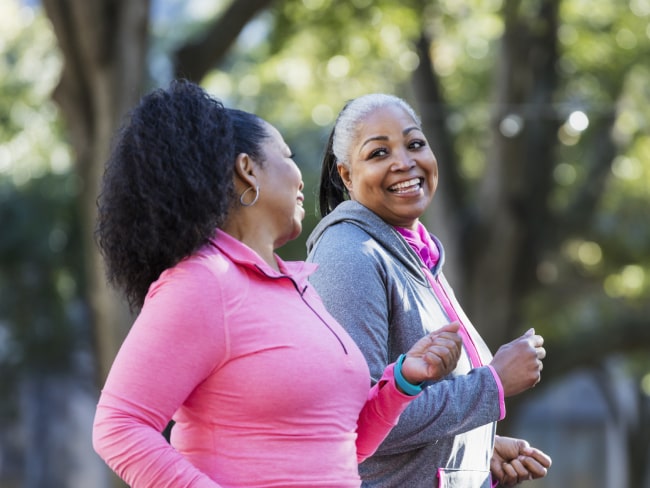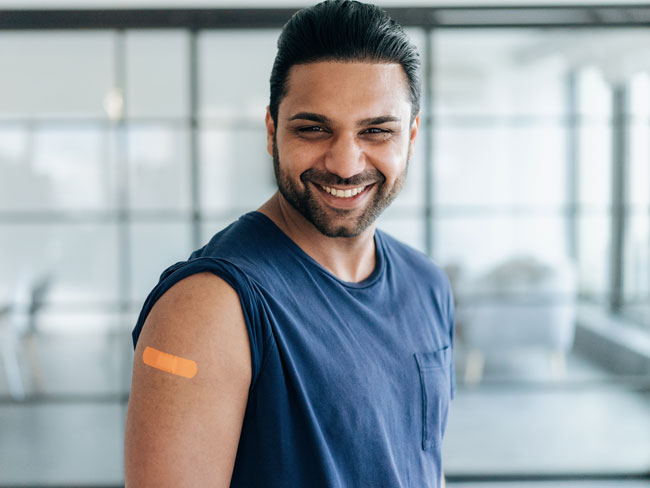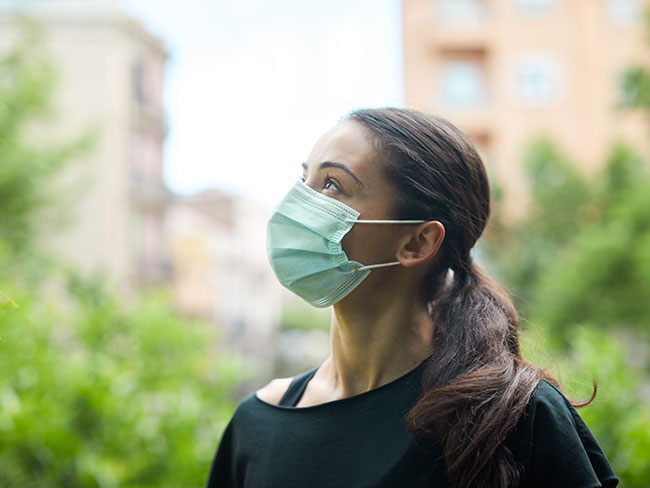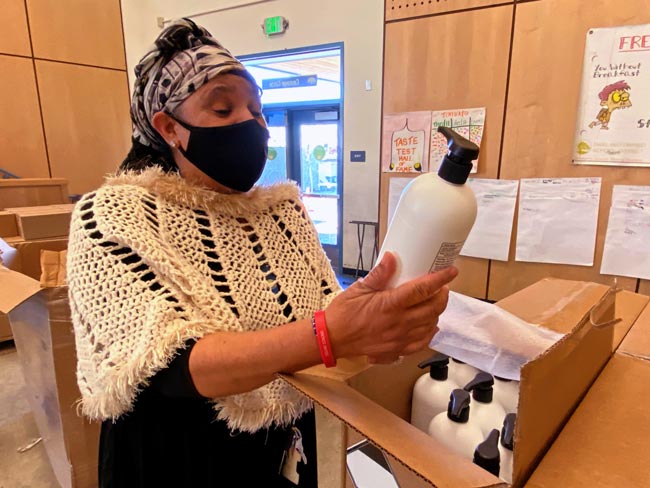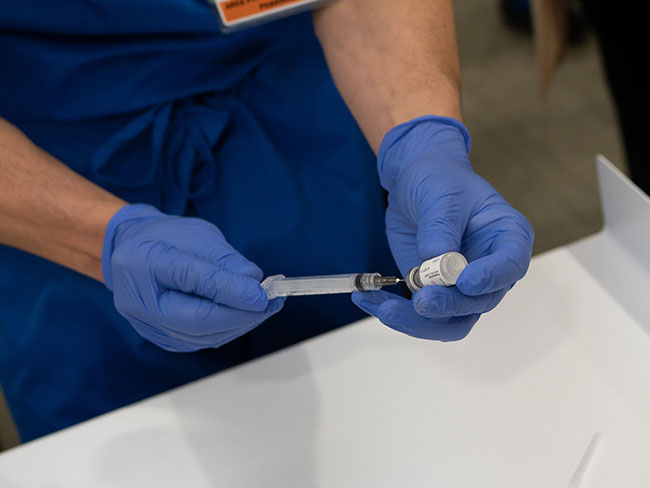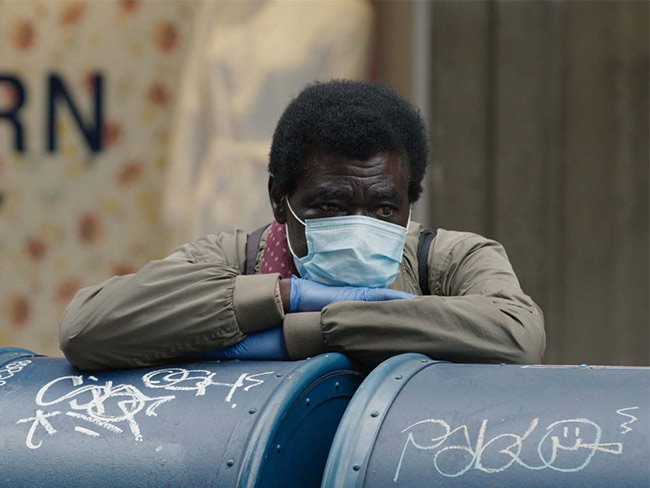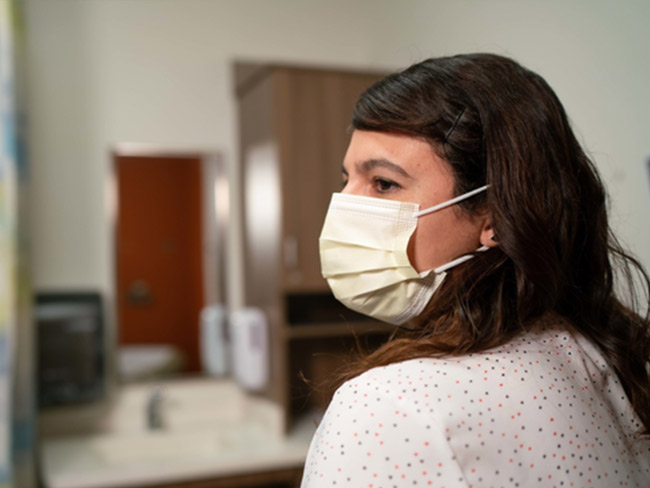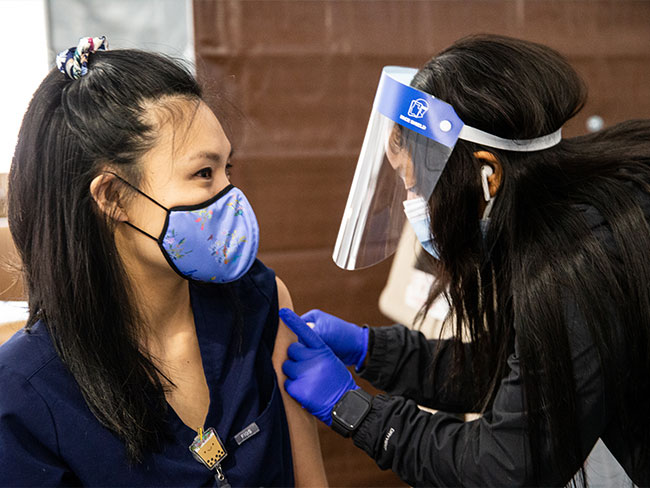Physical activity may reduce risk of poor COVID-19 outcomes
History of being consistently active was strongly associated with a reduced risk of hospitalization, ICU admission, and death in those with COVID-19.
PRESS RELEASE
Contacts: Kerry Sinclair
ksinclair@webershandwick.com
310-854-8278
Terry Kanakri
terry.kanakri@kp.org
626-405-2652
PASADENA, Calif. — A Kaiser Permanente study of nearly 50,000 people with COVID-19 suggested that regular physical activity provided strong protection from hospitalization, intensive care unit admission, and death. Even exercising inconsistently lowered the odds for severe COVID-19 outcomes when compared to people who were not active at all.
The study, led by investigators in Kaiser Permanente Southern California, was published in the British Journal of Sports Medicine.
“This is a wake-up call for the importance of healthy lifestyles and especially physical activity,” said Robert E. Sallis, MD, a family and sports medicine physician at the Kaiser Permanente Fontana Medical Center. “Kaiser Permanente’s motivation is to keep people healthy, and this study truly shows how important that is during this pandemic and beyond. People who regularly exercise had the best chance of beating COVID-19, while people who were inactive did much worse.”
To study the effect of exercise on COVID-19 outcomes, researchers identified 48,440 adults with a COVID-19 diagnosis from January 1, 2020, to October 21, 2020, who had 2 or more measurements of their Exercise Vital Sign between March of 2018 and March of 2020.
The Exercise Vital Sign measurement has been used at every outpatient encounter within Kaiser Permanente Southern California since 2009. To get the measurement, patients are asked how many days a week they engage in moderate to strenuous exercise and, on average, how many minutes they engage in exercise at that level. The responses are recorded in each patient’s electronic health record.
The patients in this study had a median age of 47, included 61.9% females, and reflected the diverse racial makeup of the Southern California population. Of the total cohort, 6.4% were consistently active and 14.4% were consistently inactive, with the remainder falling in the inconsistently active category.
Among all COVID-19 patients, 8.6% were hospitalized, 2.4% were admitted to the ICU, and 1.6% died.
- The results of the study show inactivity is strongly associated with poor COVID-19 outcomes.
- Physical activity provided strong protection from hospitalization, ICU admission, and death among COVID-19 patients.
- Being consistently inactive more than doubled the odds of hospitalization compared with being consistently active.
- Patients who were consistently inactive had 1.73 times greater odds of ICU admission than patients who were consistently active.
- The odds for death were 2.49 times greater for patients who were consistently inactive compared with patients who were consistently active.
- Other than being over age 60 or having a history of organ transplant, being consistently inactive conferred the highest risk for death from COVID-19.
Even patients who were inconsistently active had lower odds for severe COVID-19 when compared to those who were consistently inactive, suggesting any amount of physical activity has benefit.
“What surprised me the most from this study was the strength of the association between inactivity and poor outcomes from COVID-19,” said study co-author Deborah Rohm Young, PhD, of the Kaiser Permanente Southern California Department of Research & Evaluation and a professor in health system science at the Kaiser Permanente Bernard J. Tyson School of Medicine. “Even after we included variables such as obesity and smoking in the analysis, we still saw inactivity was strongly associated with much higher odds of hospitalization, ICU admission, and death compared with moderate physical activity or any activity at all.”
Dr. Sallis said his prescription is straightforward: “Walk 30 minutes a day, 5 days a week at a moderate pace and that will give you a tremendous protective effect against COVID-19.” He added that the way someone can gauge whether they are walking at a moderate pace is that they are too winded to sing but can still talk.
“I continue to believe that exercise is medicine that everyone should take — especially in this era of COVID-19,” Dr. Sallis said.
About Kaiser Permanente
Kaiser Permanente is committed to helping shape the future of health care. We are recognized as one of America’s leading health care providers and not-for-profit health plans. Founded in 1945, Kaiser Permanente has a mission to provide high-quality, affordable health care services and to improve the health of our members and the communities we serve. We currently serve 12.4 million members in 8 states and the District of Columbia. Care for members and patients is focused on their total health and guided by their personal Permanente Medical Group physicians, specialists, and team of caregivers. Our expert and caring medical teams are empowered and supported by industry-leading technology advances and tools for health promotion, disease prevention, state-of-the-art care delivery, and world-class chronic disease management. Kaiser Permanente is dedicated to care innovations, clinical research, health education, and the support of community health.


